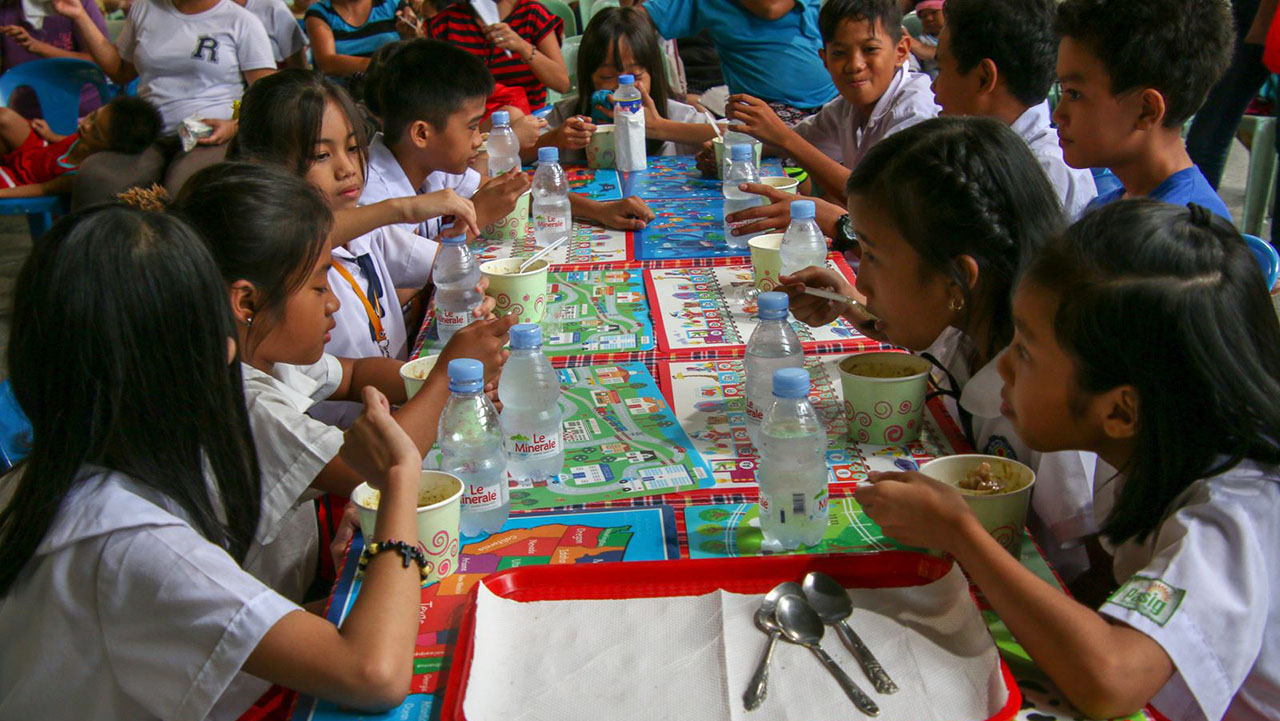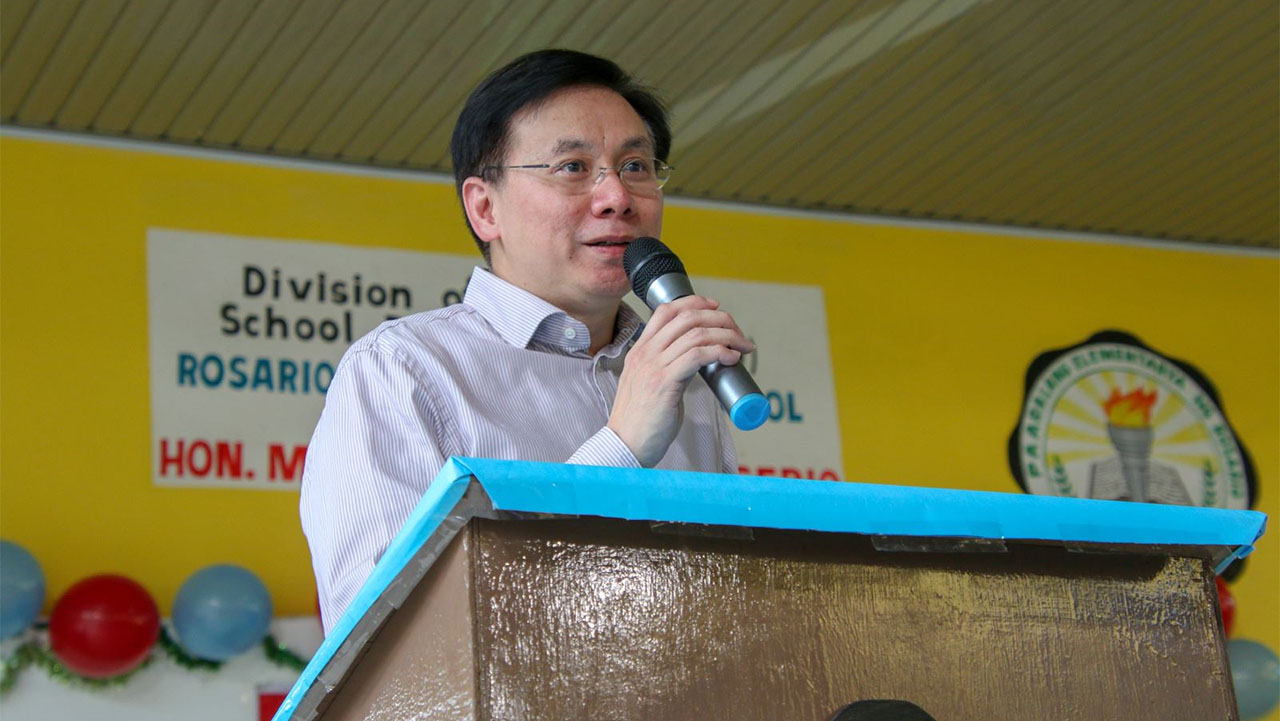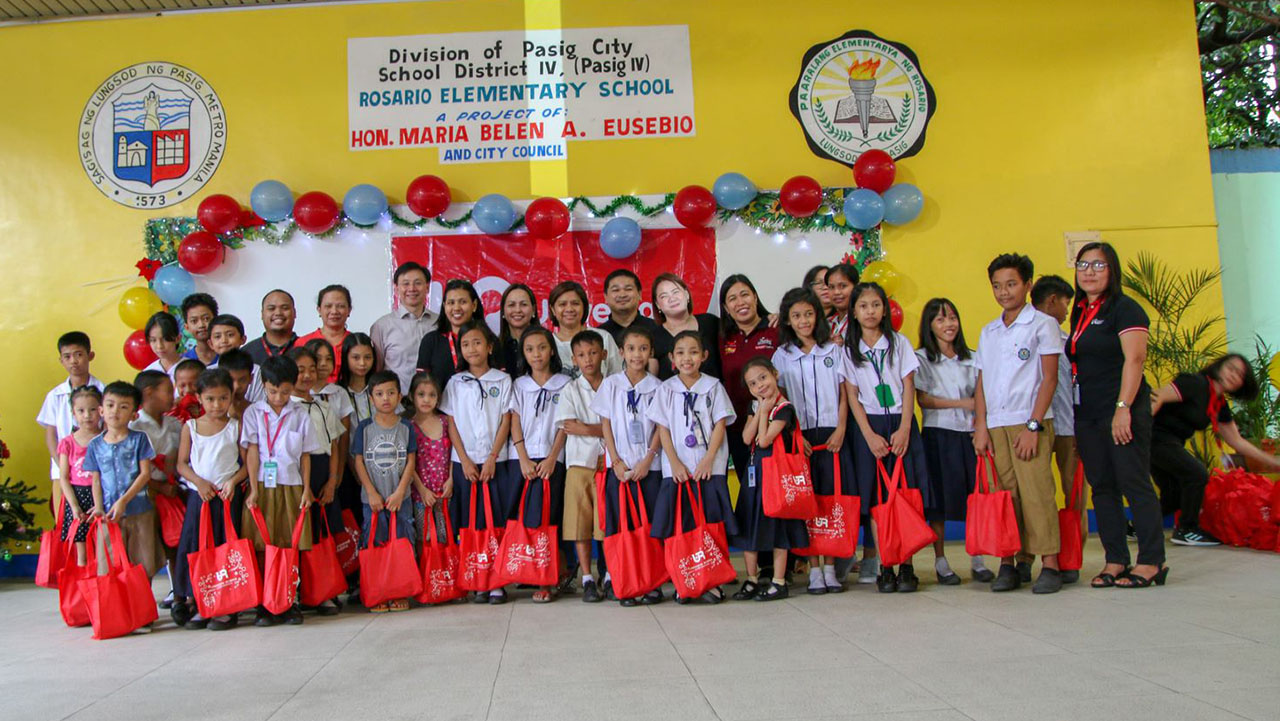JG Summit Holdings’ mission to “Make life better for every Filipino” isn’t a hollow promise; more than just delivering products and services through the various business units under its mantle, the conglomerate has invested greatly in its CSR initiatives, whether it’s putting scholars through school or promoting sustainable tourism among travelers.
In the case of Universal Robina Corporation, one of the largest branded consumer food and beverage product companies in the Philippines, it has chosen to throw its full support versus a problem that is adversely affecting the country’s youth: malnutrition.

According to the study “Economic Cost of Undernutrition in the Philippines” prepared by the United Nations Children's Fund (UNICEF) together with the Department of Health, the National Nutrition Council (NNC), and the Philippine Legislators' Committee on Population and Development, the Philippines loses over P220 billion a year due to the high incidence of child undernutrition. The human cost is more alarming as UNICEF Nutrition Specialist Joris van Hees notes that over 29,000 Filipino children under the age of five die each year due to undernutrition.
In a report published by the Philippine Daily Inquirer, UNICEF Philippines representative Lotta Sylwander said malnutrition robs children of their foundational health and fundamental right to survive, thrive and reach their full potential.
“If not addressed immediately, these children will remain as outliers in society, with poor performance in school and low productivity as adults in the future,” Sylwander was quoted as saying. “Thus, if not mitigated, this situation perpetuates the cycle of poverty. Only healthy children can have the chance to succeed in life.”
What many of us will find surprising about malnutrition is the fact that it often goes undiagnosed—in many cases, children may appear to be healthy but in reality, their diets lack the nutrients, vitamins, and minerals essential for physical growth and proper mental development. Left untreated, malnourished students often have difficulty in school. In some cases, malnutrition can lead to visual impairment and blindness, stunted growth, and nerve and brain damage, among other conditions. This is the problem of “hidden hunger,” the target of URC’s CSR campaign.

URC President Irwin C. Lee giving a speech at the Rosario Elementary School, one of the pilot schools of the Hidden Hunger Project.
In July 2018, URC launched the Hidden Hunger Project with several partner schools, coinciding with the Department of Health’s annual Nutrition Month campaign. In collaboration with the Molave Development Foundation, URC’s Hidden Hunger Project promotes the use of Budbod Sustansya (literally translated as ‘sprinkle nutrients’), a vegetable-based meal additive developed by Approtech Asia that includes nutrients such as Vitamin A, iodine, iron, and zinc. URC and Molave Development Foundation found another partner in the Department of Education and joined their School-Based Feeding Program (SBFP), which also aims to increase awareness of hidden hunger and provides fortified meals to malnourished children. In these school feeding programs, Budbod Sustansya is sprinkled on top of rice meals served to students. Formulated from green leafy vegetables like malunggay, alugbati and kangkong, Budbod Sustansya provides schoolchildren with the recommended daily amount of micronutrients.
The pilot program was launched at the Rosario Elementary School in Pasig City and in San Cristobal Elementary School in Calamba, Laguna. During the event at Rosario Elementary School, URC President Irwin Lee delivered a short speech. Noting how URC has been active with various projects in the school’s community for more than 60 years, Lee said that the Hidden Hunger Program “demonstrates a key commitment of URC’s People and Planet Friendly strategy, that is to enhance the lives of people in the communities where we operate. We do this via employee volunteerism and community engagement on concerns that are relevant to you, our neighbors, and community partners.”
He added, “We hope that through this collaboration we contribute in eradicating vitamin and mineral deficiency among students in this school via this program.”

Another positive aspect of Budbod Sustansya is that it is sustainable, as the partner schools and students’ parents are taught how to prepare the powdered vegetable mix, which they can easily prepare at home. Common vegetables such as malunggay, kamote tops, and water spinach are among the basic ingredients.
Highlighting what URC President Irwin Lee said about employee volunteerism, the Hidden Hunger Project allows URC employees to actively engage with their community, either by imparting knowledge about hidden hunger to parents of school children or by helping produce Budbod Sustansya. In the fight against malnutrition, every little bit of help is appreciated.
To learn more about the Hidden Hunger Project, contact Christine.Fernandez@urc.com.ph


